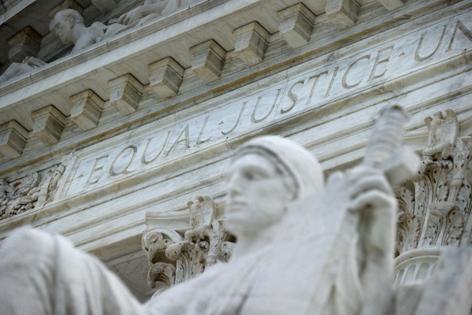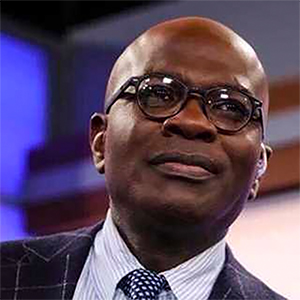Noah Feldman: 'Reverse discrimination' ruling is a win for the rule of law
Published in Op Eds
White individuals and straight people do not need to meet a higher burden of proof than members of minority groups to prevail in employment discrimination suits, the Supreme Court held June 5.
The immediate effect is to make so-called “reverse discrimination” claims easier to bring. However, the decision also solidifies the existing legal framework for workplace discrimination — a framework that the court’s ultra-conservative justices would like to upend. The result is not so much a win for conservatives or liberals as for legal stability.
The case, Ames v. Ohio, arose when a straight White woman employed by the Ohio Department of Youth Services applied for a management position, which instead went to a lesbian candidate. She was subsequently demoted, and her old job was given to a gay man. Ames sued, alleging these decisions amounted to employment discrimination.
The rules of the game for suits like this are outlined in an important Supreme Court decision, McDonnell Douglas v. Green. Under this framework, the plaintiff bears the burden of proving circumstances that give rise to an inference of employment discrimination. The employer may then try to refute that inference by providing evidence that shows a legitimate reason for their decision. If the employer succeeds, the burden shifts back to the plaintiff, who must then prove that the employer’s stated reason for the decision was a pretext for discrimination.
The framework doesn’t say anything about imposing different requirements of proof for different types of plaintiffs. And Title VII, the federal civil rights law governing employment discrimination, treats everyone equally.
Nevertheless, over the years, five appellate circuits have adopted the rule that plaintiffs who are not members of a disadvantaged minority must allege more than simply that the job they wanted was awarded to someone from a minority group. In those same five circuits, members of minority groups could satisfy their initial burden of proof simply by showing that a member of the majority had been selected for a job they wanted or held. In effect, these courts required plaintiffs from majority groups to prove more than plaintiffs from minority groups — essentially holding them to a higher standard.
The reasoning behind the rule adopted by these circuits isn’t hard to understand. It’s based on a background assumption that members of minority groups are more likely to be discriminated against than members of the majority. So the courts reasoned that a plaintiff from the majority alleging reverse discrimination would have to prove more than a member of a minority group — such as showing that the hiring decision was made by a member of the minority.
In an opinion by Justice Ketanji Brown Jackson — arguably the Supreme Court’s most progressive member — the justices eliminated that additional requirement for reverse discrimination claims. Jackson’s opinion emphasized that the text of the law makes no distinction based on the identity of the person alleging discrimination.
On the surface, this might seem like a win for conservatives, and you might wonder why Jackson wrote the opinion and the court’s liberal justices joined it. But when it comes to Supreme Court doctrine, there are wheels within wheels.
To understand what’s happening here, it helps to know that Justice Clarence Thomas wrote a separate concurrence, joined by Justice Neil Gorsuch, in which he criticized the McDonnell Douglas framework. Thomas was especially concerned about how courts currently apply it during the summary judgment stage when the court decides that it has enough facts to make a decision before trial. Thomas’ attack on the framework indicates that the court’s hardcore conservatives are interested in changing anti-discrimination law by upending McDonnell Douglas. That would make it harder for minority and majority plaintiffs to win such suits.
In writing the opinion, Jackson was able to reaffirm the existing McDonnell Douglas framework. Because the opinion reflected the views of seven justices on this point, it suggests that the court is loosely committing itself to maintaining the status quo in discrimination law, not seeking to make a revolutionary change.
The upshot is that the liberal justices also had something to gain in the Ames decision: the willingness of several of the court’s conservatives to sustain existing precedent when it comes to anti-discrimination law.
That’s a victory for following precedent and maintaining legal stability. In an era of a conservative judicial revolution and of President Donald Trump’s unprecedented attacks on the legal system, that counts as a win for the rule of law itself.
_____
Noah Feldman is a Bloomberg Opinion columnist. A professor of law at Harvard University, he is author, most recently, of “To Be a Jew Today: A New Guide to God, Israel, and the Jewish People."
_____
©2025 Bloomberg News. Visit at bloomberg.com. Distributed by Tribune Content Agency, LLC.

























































Comments